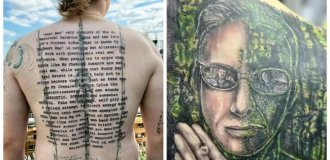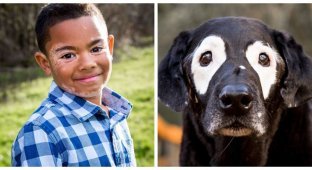These days, vitiligo has long ceased to be something unusual. And people with this disease even have successful modeling careers. 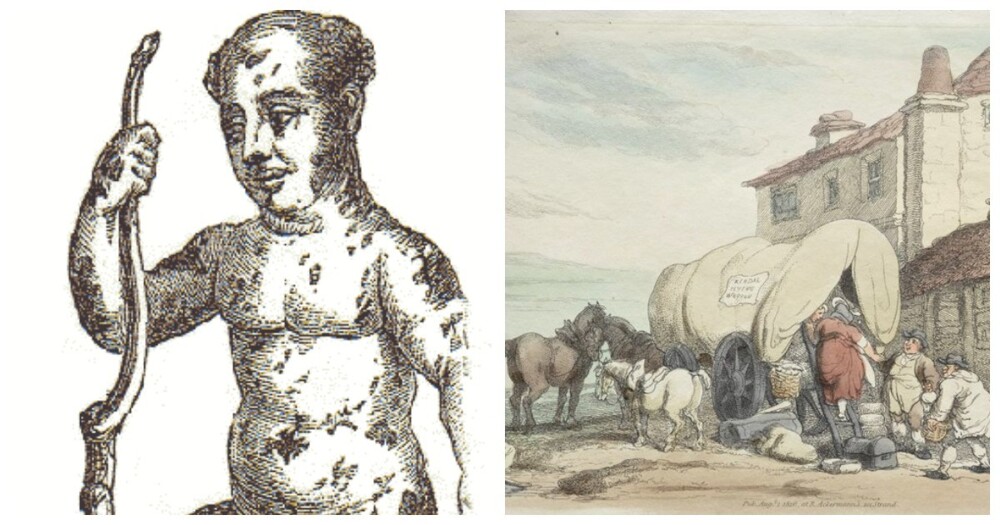
But until relatively recently, when the disease had not yet been properly studied, it was served with a mystical sauce. However, earning from the sick, if not a fortune, then quite good money.
The Spotted Boy and the Showman John Richardson 
Vitiligo
One was born on the island of St. Vincent with unusual skin pigmentation, and the second was born in Marlow and abandoned farming, going to the big city for fame and fortune. His gamble paid off, and Mr. Richardson died rich and famous.
Participating in fairs in the early 19th century, Richardson traveled around the country and witnessed many strange and unusual sights.
During this time, Joseph Merrick, the unfortunate Elephant Man, bearded ladies and midgets entertained the masses in creepy shows. 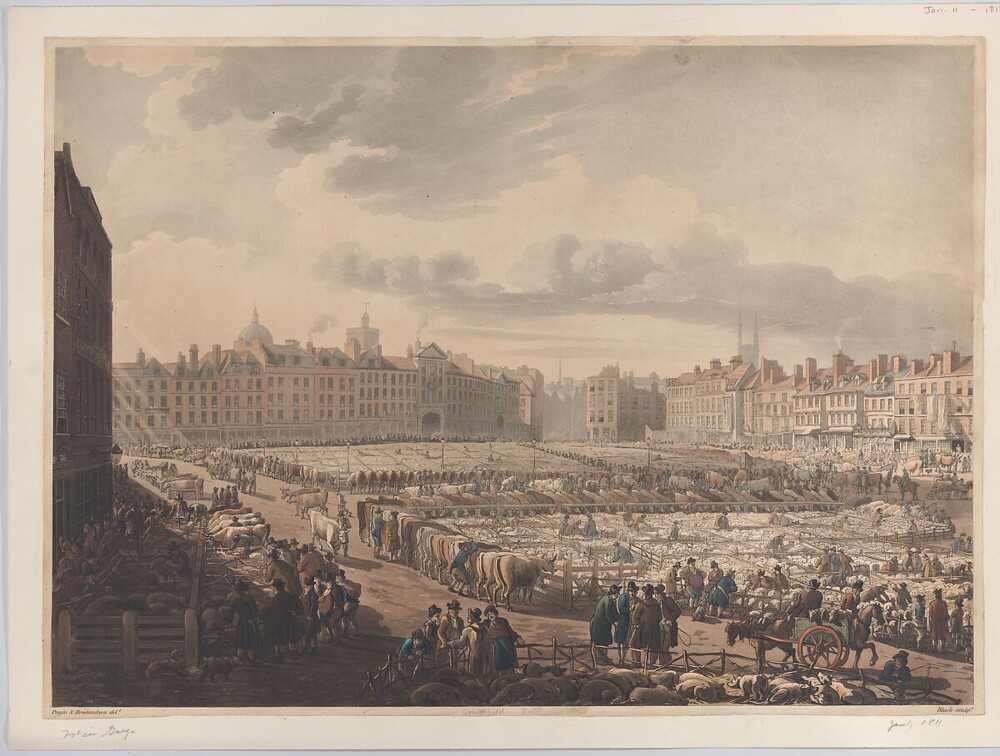
Smithfield Market in London
At one of these performances, Mr. Richardson came across a pathetic boy who was performing at the famous Bartholomews Fair in Smithfield Market in London. 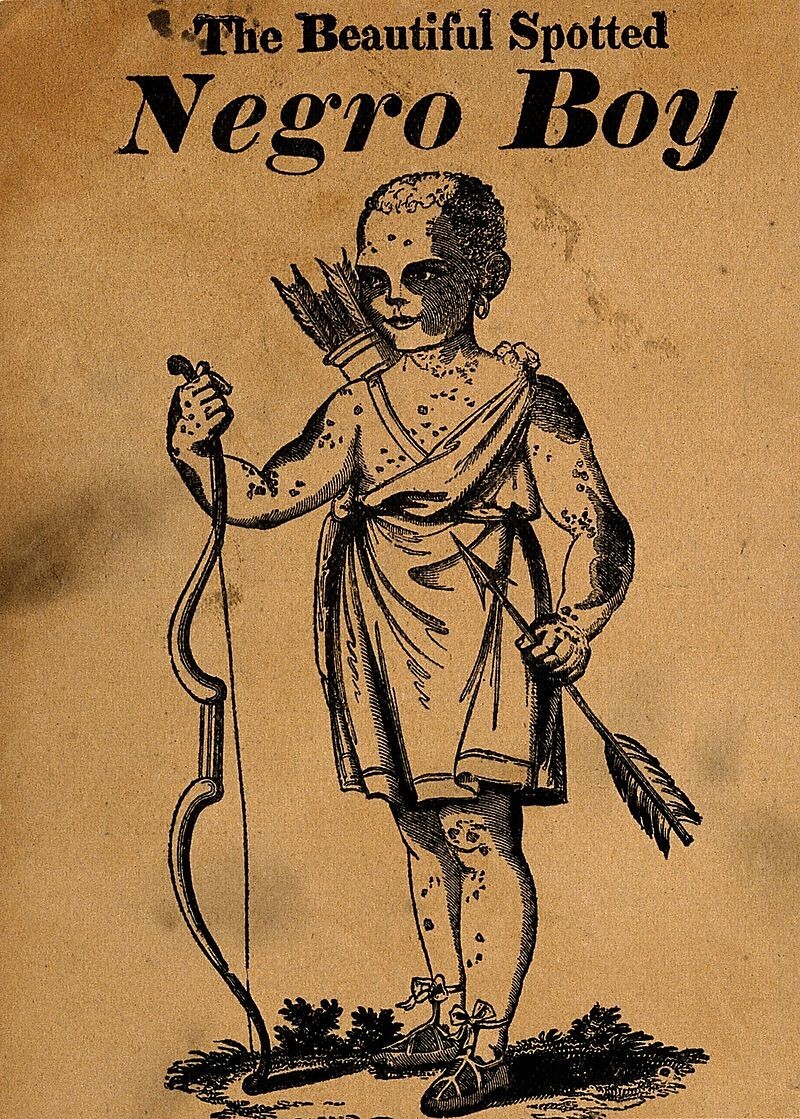
Spotted Negro Boy, as he was called, was brought from the Caribbean island of St. Vincent and suffered from a skin condition known as vitiligo, a loss of pigmentation that causes permanent white patches.
Mr. Richardson's heart sank and he bought the boy for a fortune of £1,000. Little is known about the child, only that he arrived in the country through Bristol when he was only one and a half years old, and neither of his parents suffered from vitiligo. 
Portrait of George Alexander Gratton
Mr. Richardson, who never married or had children of his own, named the boy George Alexander Gratton.
It is said that he treated him like a son, raised him and took him on tours around the country. Sometimes he showed the boy between performances. Richardson turned out to be a truly sincere and tender not only patron, but also the parent of this little orphan and raised him with the greatest care until the unexpected death of the child in 1813.
One can only imagine the look on the public's face when a man walked down the street with such a miracle next to him. 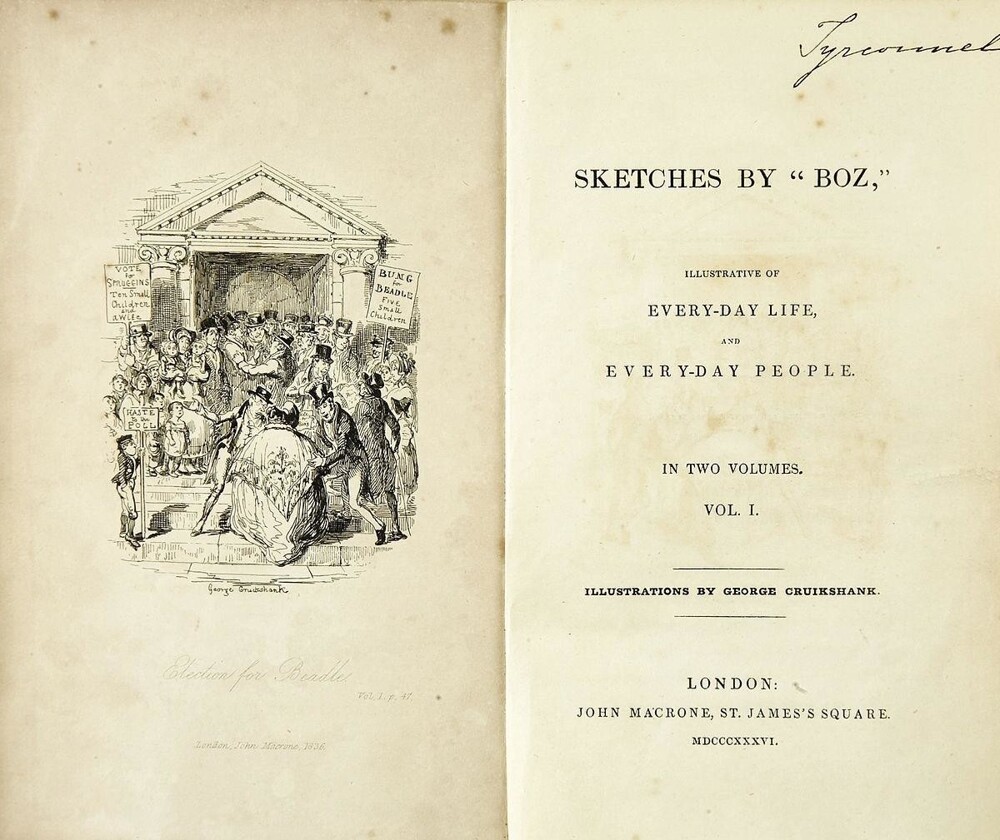
"Sketches of Boz"
Mr. Richardson's fame grew and grew, even attracting the attention of such luminaries as Charles Dickens.
Dickens would later write in Boz's Sketches, a collection of short works: "The huge booth, with the large stage in front, so brightly lit with multi-colored lamps and pots of burning fat, is Richardson's theater, where a melodrama (with three murders and ghost), pantomime, comic song, overture and some incidental music." 
Richardson's Shaw, Thomas Rowlandson, 1816
Mr Richardson was described as a manager of sorts at the fair, where his stand seated 1,000 people and raised a staggering £1,200 in just three days.
Everything went well, but soon tragedy struck. In 1813, his adopted son died, who was called a victim of the cold climate. According to various sources, he was either four or eight years old. 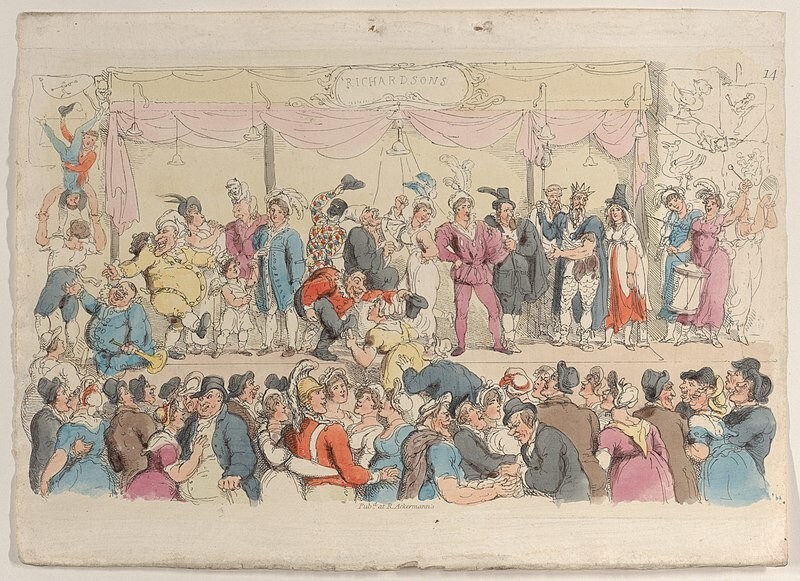
Richardson's Shaw, Thomas Rowlandson, 1816
Heartbroken, Richardson buried the boy in the plot he had chosen for himself many years earlier at All Saints Church on the Causeway in Marlow.
After the death of Spotted Boy, shows depicting human defects quickly fell out of fashion as offensive to public sentiment through their "vulgarity." 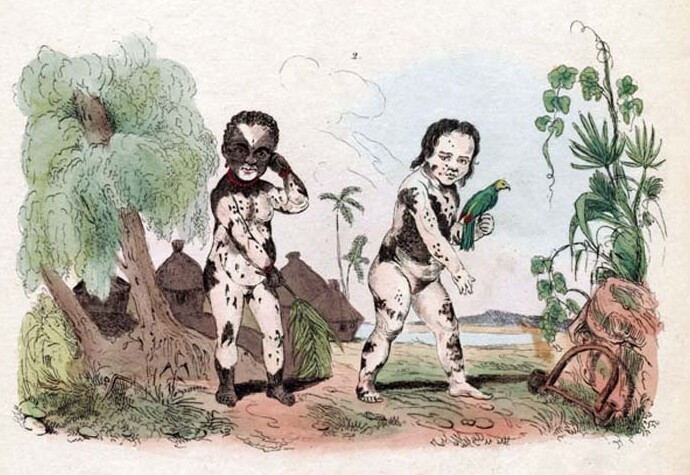
Mr. Richardson did not live to see the final decline of his fame and fortune and died at the age of 70 in November 1837.
According to his wishes, he was reunited with his adopted son and was buried in the same crypt where the unknown boy, who was made famous by illness, found peace.
Add your comment
You might be interested in:





